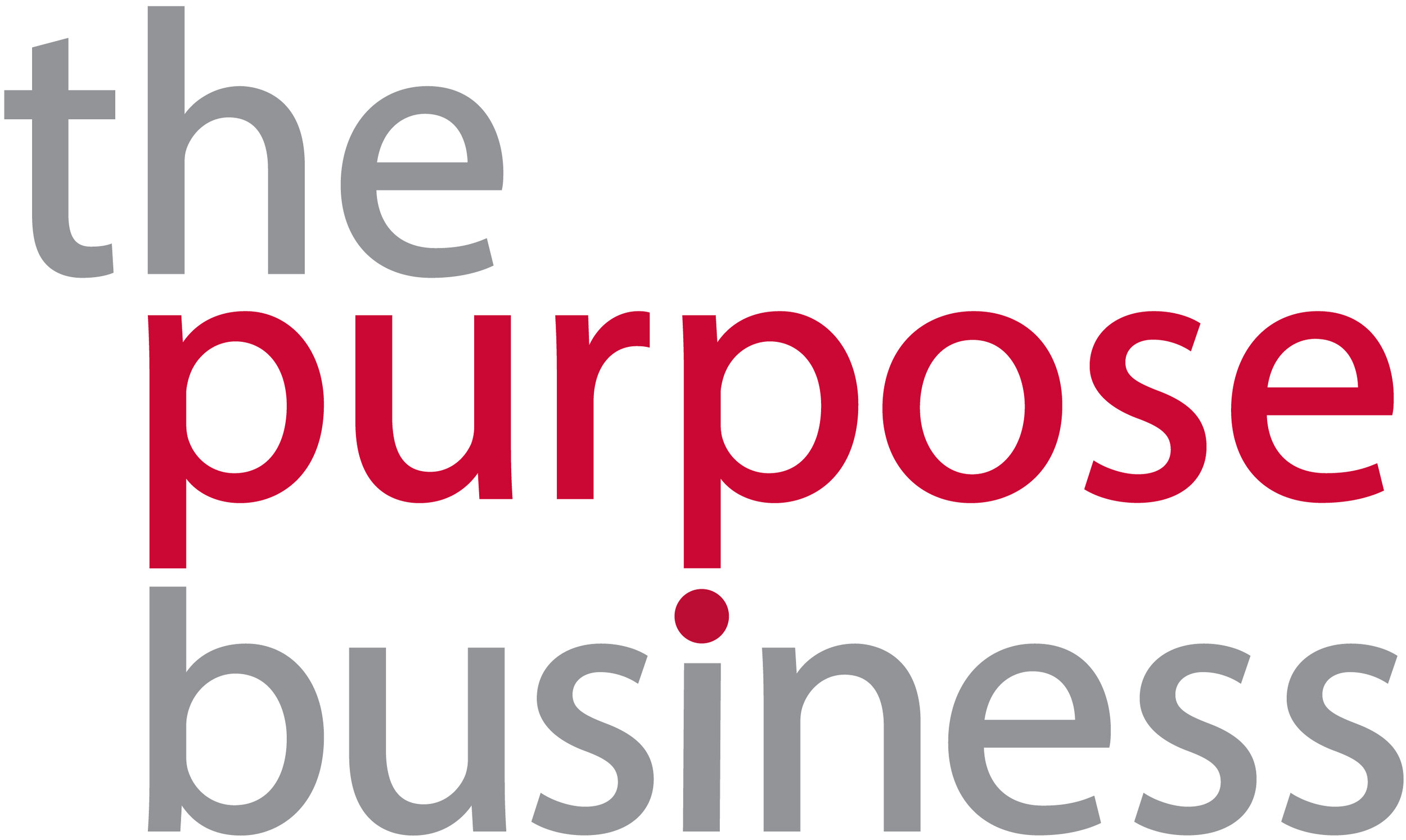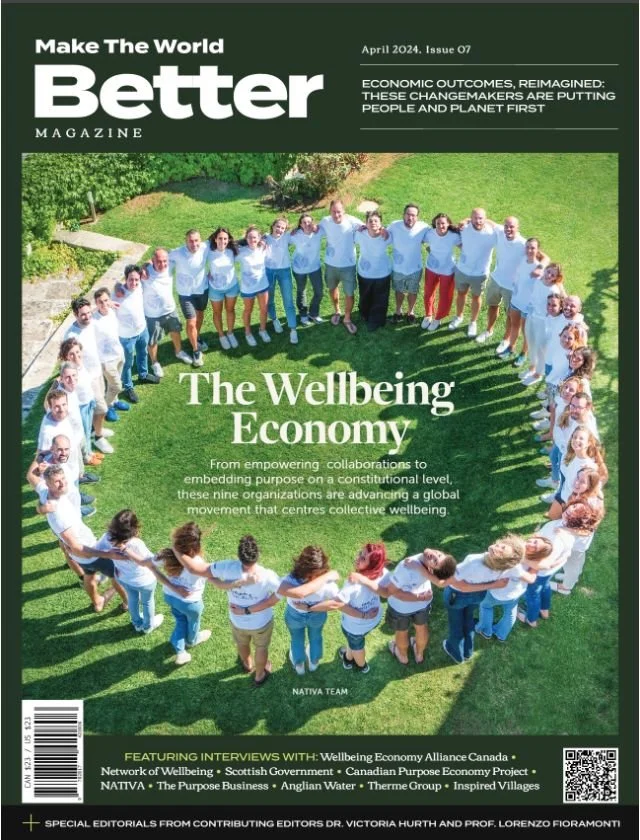Start with a mindset shift: achieving sustainability through governance
In a blog first published in Cambridge Institute for Sustainability Leadership (CISL), TPB Founder and Director, Pat Dwyer, guides businesses through the shift required to transform from business-as-usual (B-A-U) to purpose-driven governance, starting with a mindset shift.
Pat explores this through the lens of accountability and transparency, which are critical governance components. Businesses are facing unavoidable demands to be more transparent from increased reporting regulations. Pat considers how a mindset shift will enable business to meet these demands and create new opportunities aligned with a sustainable future.
At best, sustainability is only one of many considerations in commercial decision-making. It sometimes comes under investment or operational decisions but isn’t necessarily top of mind across risk management discussions at the board level. As businesses draft annual strategies, consideration is given only to the top environmental, social and governance (ESG) issues and trends affecting them.
From converging reporting frameworks to AI advancing sustainable supply chains, there’s increased pressure on businesses to be more transparent and accountable for sustainability efforts. Changes such as the EU’s Corporate Sustainability Reporting Directive (CSRD) – which took effect from Jan 1 2024- or The Singapore Exchange mandating more industries to submit ESG reports in FY 2024 are forcing a reconsideration of disclosures, targets and overall decision-making.
A mindset shift is long overdue.
What we need to deliver a business strategy that is resilient and purposeful is a mindset shift that brings sustainability from the periphery - pursuing sustainability in parallel with B-A-U - to the core of decision-making. Demands for transparency in transition pathways and authentic communications to prevent greenwashing and purpose washing are imminent. However, they will only be met when sustainability is truly integrated within core business operations.
Then, if governance is “the way we make decisions around here”, we need to re-evaluate what our decisions are based on. Today, the majority of businesses exist primarily for profit maximisation. However, we need to realise quickly that profit maximisation at the cost of nature and people is not tenable, and companies must instead pursue profitability that enables them to drive towards organisational purpose aligned with positive impact. This is about using their unique strategic contributions, strengths, skills, expertise, and even culture - to deliver on the higher goals or “metapurpose” of wellbeing for all: people, nature and the planet.
To illustrate this, consider ESG reporting, the most common means for businesses to communicate their periodic progress versus sustainability goals. Reporting in a B-A-U context operates within the realm of short-term profit maximisation and is therefore executed as a matter of compliance. Companies routinely meet regulatory requirements with standard financial narratives. Today, this may include parallel non-financial disclosures, depending on stock exchange requirements and certain stakeholder expectations.
Contrast this with companies who use reporting as a means to deliver on their organisational purpose. They break from conventional thinking by valuing the perspectives and interests of the full range of different stakeholders in their business. As such, reports are prepared according to what stakeholders want to know about a company’s ESG performance and progress—using the report to demonstrate an organisation’s role in society and how it maintains the social and environmental systems that it relies on for success. When stakeholders participate in this broader system, they, too, gain clarity of their roles in delivering a sustainable future. For example, leading food, feed and fibre manufacturer Olam, whose purpose is to reimagine global agriculture and food systems, invested in an open-source platform to help its value chain achieve Net Zero ambitions. Its biggest Greenhouse Gas emissions come from its transactions with suppliers and the only way it would achieve its reduction targets is to equip everyone with the same tools and innovative solutions so that no one is left behind.
Similarly, Netherlands-headquartered Triodos Bank recognises the need to chart a different way forward if it is to achieve systemic transformation. Triodos publishes details of the organisations it funds so that customers can directly track the impact their money makes.
These illustrations of transparency prove that the mindset shifts cultivate trust and accountability among stakeholders. More importantly, they foster innovative and creative solutions that lead to long-term competitive advantage.
If purpose-driven approaches to governance deliver these results, why are we still struggling with the shift?
Because any shift is seen as risky or expensive, even unwarranted, for companies that are profitable in the short term, linking executive pay to climate mitigation targets or shifting to living wages entails a complete rethink of our definition of value. We need to equip business leaders with the right tools to instigate change, whether in capital investment decisions, organisational development or meeting climate, nature and society goals.
Frameworks such as PAS 808, the first British National Standard of Purpose Driven Organisations, provide an on-ramp to evaluating what a company transformation journey may look like. It starts with worldviews, principles and behaviours demonstrating that by becoming purpose-driven, organisations can help tackle enormous challenges such as climate emergency, biodiversity loss and growing income inequality while meeting the increasing demands of society.
For those seeking to take action, CISL’s new online course, Governance for a Sustainable Future, introduces students to the PAS 808 and the BTF. To gain the necessary mindset, skills and tools to redesign governance systems in alignment with a sustainable future and to allow for the development of a personal leadership action plan to drive change. The course will guide learners to understand what their governance is currently designed to achieve, whether it is aligned with sustainability, the parameters in place to achieve goals - and whether these are sufficient – and how to remain transparent and accountable in setting and achieving goals.




